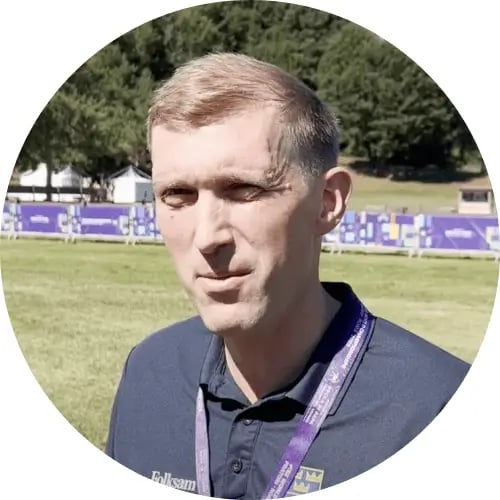Webinar
From data to action: Objective gait analysis in equine health management
Join our expert panel in a webinar discussing how objective gait analysis technology and data can support equine health practitioners in enhancing decision-making and improving patient outcomes. Discover how this technology aids in monitoring horses, evaluating interventions, and fostering collaboration across the care team, from farriers to physiotherapists.
Thursday, November 7, 2024
19:00 - 20:30 CET | 18:00 - 19:30 GMT
via Zoom
A video recording will be shared with all registrants after the event.
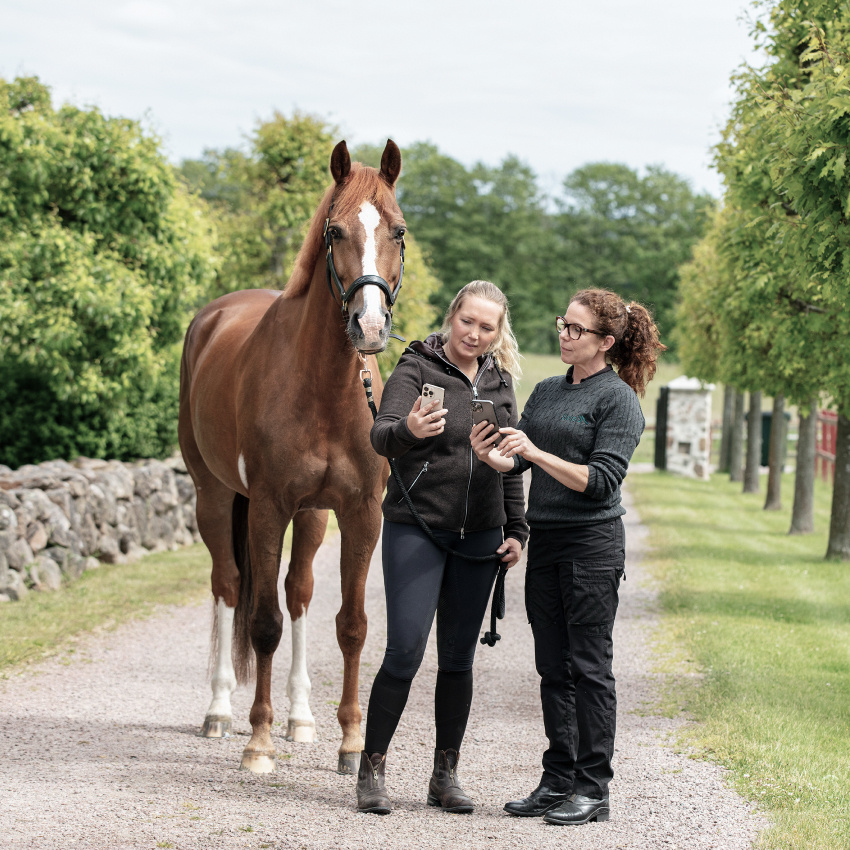
Program
Introduction: Equine biomechanics and the role of AI in gait analysis (10 mins)
Elin Hernlund DVM, PhD, Associate Professor at SLU, co-founder and CMO at Sleip
Elin will introduce the fundamentals of equine biomechanics and how AI-driven gait analysis provides value to practitioners, supporting early detection of lameness and better preventive care for horses.
The farrier's perspective (15-20 mins)
Marc Jerram, BSc (Hons) Grad Dip ELR CJF AWCF Master Farrier
Master Farrier Marc Jerram will share practical insights from his experience using gait analysis in farriery, focusing on case studies that demonstrate the impact on decision-making and hoof care.
The physiotherapist’s perspective (15-20 mins)
Gillian Tabor, Chartered Physiotherapist and ACPAT Veterinary PhysiotherapistGillian Tabor, an equine physiotherapist, shares her approach to gait analysis technology and data, which she uses to support decisions and enhance communication with clients and vets.
Panel with vets, farrier and physio: collaborative care for early detection (20 mins + questions)
Moderated by Elin Hernlund, the panel, which includes Marc Jerrams and Gillian Tabor, as well as equine veterinarians Karolina Dahlqvist and Stefan Witte, will explore how combining objective gait analysis with teamwork can optimize horse health management and strengthen interdisciplinary collaboration.
Speakers

Marc Jerram, BSc (Hons) Grad Dip ELR CJF AWCF Master Farrier
Marc Jerram has specialised in corrective farriery since qualifying as a farrier in 2006. His interest in using diagnostic technology to assess hoof balance and address asymmetries led him to complete a foundation degree in farriery science and several advanced qualifications, including a Graduate Diploma in Equine Locomotor Research.
Marc has published some 50 articles, lectures at a veterinary school, collaborates with local vet practices, and provides educational clinics for farriers, veterinarians, and horse owners. He is also the author of The Hoofcare Companion.
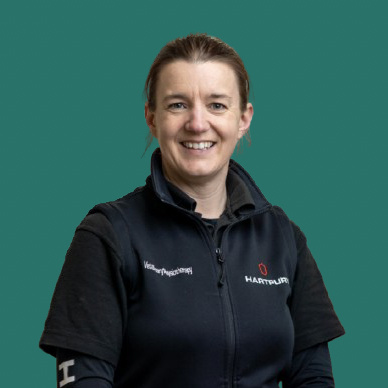
Dr. Gillian Tabor, Chartered Physiotherapist and ACPAT Veterinary Physiotherapist
Gillian has over 20 years of experience in equine rehabilitation. She specialises in combining biomechanics, behaviour, and physiotherapy to create tailored rehabilitation plans. Apart from her clinical work, Gillian is Senior Lecturer and Programme Manager for the MSc Veterinary Physiotherapy course at Hartpury University, where she also conducts research. Her doctoral thesis, completed in 2020, was Hartpury's first and focused on the use of objective measurement in veterinary physiotherapy. She continues to lead research projects and supervise students in this field.

Dr. Karolina Dahlkvist, DVM, Swedish specialist in Equine Medicine, certified by EGAS 2024
Karolina graduated as a vet in 1994 and has worked as a clinician mainly in orthopaedics at different equine clinics and equine hospitals since 2001. The drive to continuously improve both the veterinary medicine and the business led to the role of clinic manager and later area manager for 14 clinics and hospitals. For the last seven years, she has combined this with clinical work, in a team with physiotherapist and farrier. Karolina has a great passion for objective gait analysis and the higher level it provides in daily practice – in diagnosing, during rehab and also as an educational tool in the art of evaluating the kinematics of the horse.
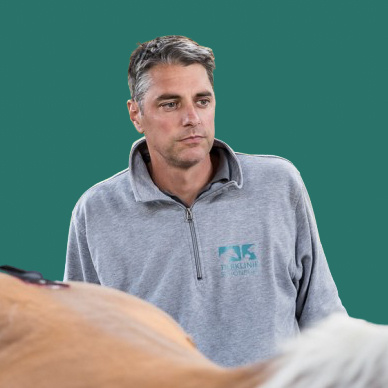
Dr. Stefan Witte, DVM, Diplomate ACVS and ACVSMR
An equine veterinarian with almost 25 years of experience, Stefan graduated from veterinary school in Hannover, Germany, and did further surgical training over the next six years in the US (Ohio State University, Lexington Kentucky, and the University of Georgia). He then spent a year working in Tipperary, Ireland, followed by two years in the Middle East (Qatar). For the last decade, Stefan has owned an equine clinic just outside Bern, Switzerland. Stefan spends a large portion of his time looking at lame horses and has been using objective lameness evaluation for about ten years.
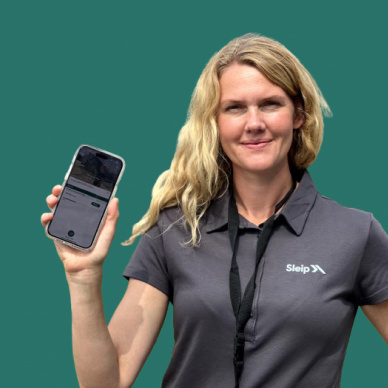
Dr. Elin Hernlund, DVM, PhD, Associate Professor at SLU, co-founder and CMO at Sleip
Since graduating as a vet in 2008, Elin has worked in clinical practice at the teaching hospital and with research. She has published more than 40 research articles and written chapters in several scientific and popular science books about lameness assessment technology, biomechanics of body conformation, and sport surfaces for equestrian sports. In 2016, she published her PhD thesis in equine biomechanics. Since then, she has focused her research on AI methodology in animal motion analysis. Elin's life goal is to contribute to the development of scientifically validated tools that will help horses live longer and healthier lives.
What is Sleip
A precision tool for veterinary diagnostics at its core, Sleip combines AI with equine biomechanical science in a smartphone app that analyses motion data from video footage to detect even subtle asymmetries in a horse's movement.
The recent release of a gait monitoring version extends Sleip's capabilities beyond veterinary diagnostics to other equine care professionals, such as physiotherapists, farriers, and trainers. While the veterinary version of Sleip contains features specific to diagnostic clinical work, the gait monitoring version uses the same core asymmetry measurements, allowing the entire care team to communicate using a common set of data. Broader access to objective gait analysis supports early detection and enables a more proactive approach to horse care. Sharing documentation is straightforward, facilitating referrals and collaboration across the team.
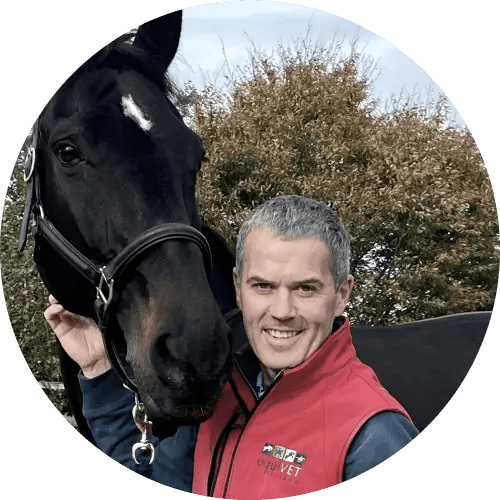
"Those that live in fear of tech replacing vets are missing the point. This is a tool to make you better. Sleip is better at seeing small things than what we are.“
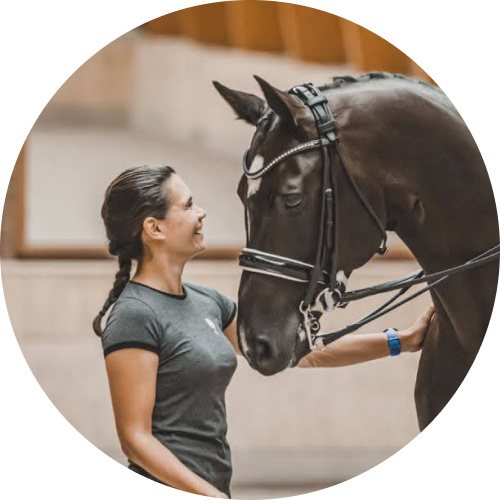
"We used to rely on our own memory and old videos from our phones, but now with Sleip, we’ve got hard data. It helps us confirm what we suspect and track progress or problems in a much more accurate way."
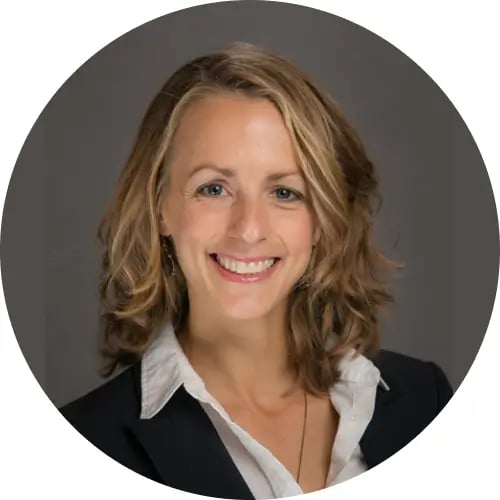
"This is useful for any sport horse in any discipline, as all can be susceptible to a higher risk of injury from training and/or competition."

”Sleip is an unparalleled complement to my subjective lameness evaluation. What's more, by having clients send me Sleip recordings, I can monitor progress better, remotely.”
